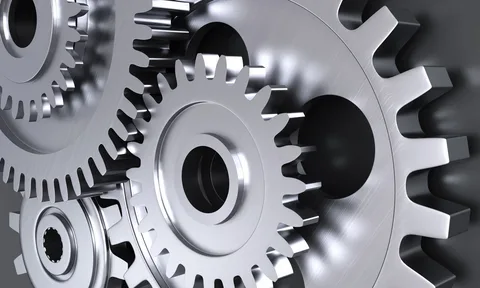
Numerical control (CNC) machining is the use of computer-controlled machine tools to precisely cut materials for the manufacture of industrial parts. When performing CNC machining, some common issues may arise.
As one of Chinese’s leading CNC machining manufacturer, we’re aware of the common problems and issues that may occur during the machining process. These run the entire gamut – from burn marks on the finishes of machined parts, power supply failure, to the “jamming” of different moving parts or inaccuracy in machined parts.
In this article, we will try to answer some of the most common problems and challenges faced in CNC machining, and suggest ways for you to solve them.
#1 Precision Issues in Machining
- Symptoms: Dimensions or shapes of parts do not match the design drawings.
- Solutions:
- Check if the programming is accurate.
- Calibrate the machine tools and measuring instruments.
- Use high-quality cutting tools and ensure timely replacement when wear occurs.
- Adjust cutting parameters (such as speed, feed rate).
#2 Tool Wear and Breakage
- Symptoms: Short tool life and frequent replacements are needed.
- Solutions:
- Use cutting tool materials suitable for the material and machining requirements.
- Optimize the use of coolant to ensure the tool is adequately cooled during machining.
- Regularly check and adjust the clamping of the tool to ensure it is securely held.
- Incorporate steps to check tool status in the program.
#3 Surface Finish Issues
- Symptoms: Poor quality of machined surfaces, with scratches or roughness.
- Solutions:
- Adjust cutting speed and feed rate.
- Use finishing tools for final surface treatment.
- Check if the tool is correctly installed and undamaged.
#4 Part Deformation
- Symptoms: Parts become bent or twisted after machining.
- Solutions:
- Consider allowances and stress relief during the design phase.
- Choose appropriate clamping methods to reduce the impact of clamping forces on the part.
- Perform step-by-step machining, allowing sufficient cooling time for the material.
#5 Programming Errors
- Symptoms: Incorrect machining paths leading to scrap.
- Solutions:
- Conduct simulations before actual machining.
- Carefully proofread the program code.
- Perform a first-piece inspection to confirm that the machining is correct before batch production.
#6 Machine Maintenance Issues
- Symptoms: Decreased performance of the machine and frequent failures.
- Solutions:
- Establish a regular maintenance schedule, including cleaning, lubrication, and checking key components.
- Update control system software promptly to ensure it is up-to-date.
- Train operators to use and maintain the machines correctly.